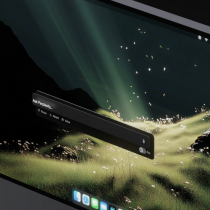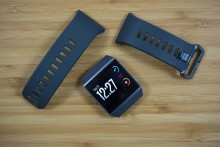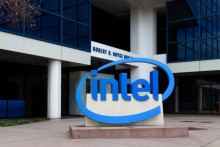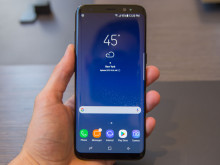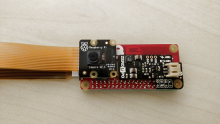Google may be working on secret 'Ultra Pixel' without navigation keys
This coming Wednesday, Google is holding an event where the company is expected to release the next iterations of its Pixel phones, namely the Pixel 2 and Pixel 2 XL. According to a new report, however, the company also has an as-yet-unknown third device in the works known as the 'Ultra Pixel', which could also debut at the October 4 event.
Arun Mani of Mrwhosetheboss, a popular tech-oriented YouTube channel, yesterday uploaded a video claiming someone anonymously sent him a bunch of pictures and videos showcasing a Google product known as the 'Ultra Pixel'.







































